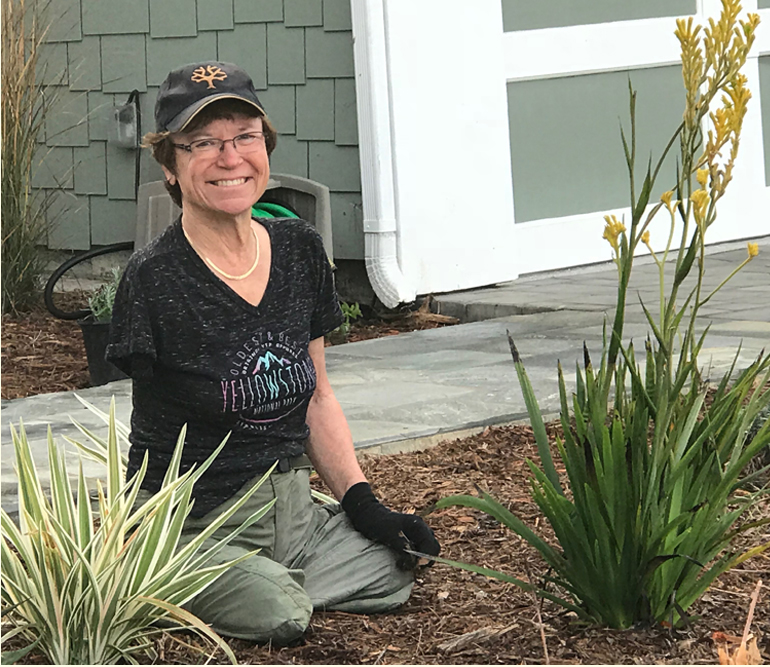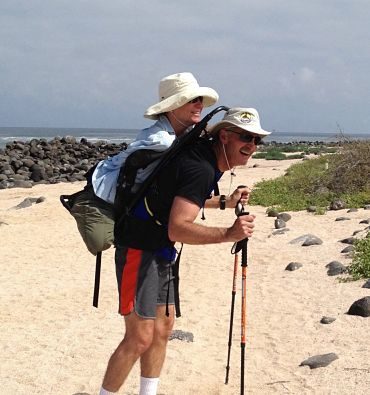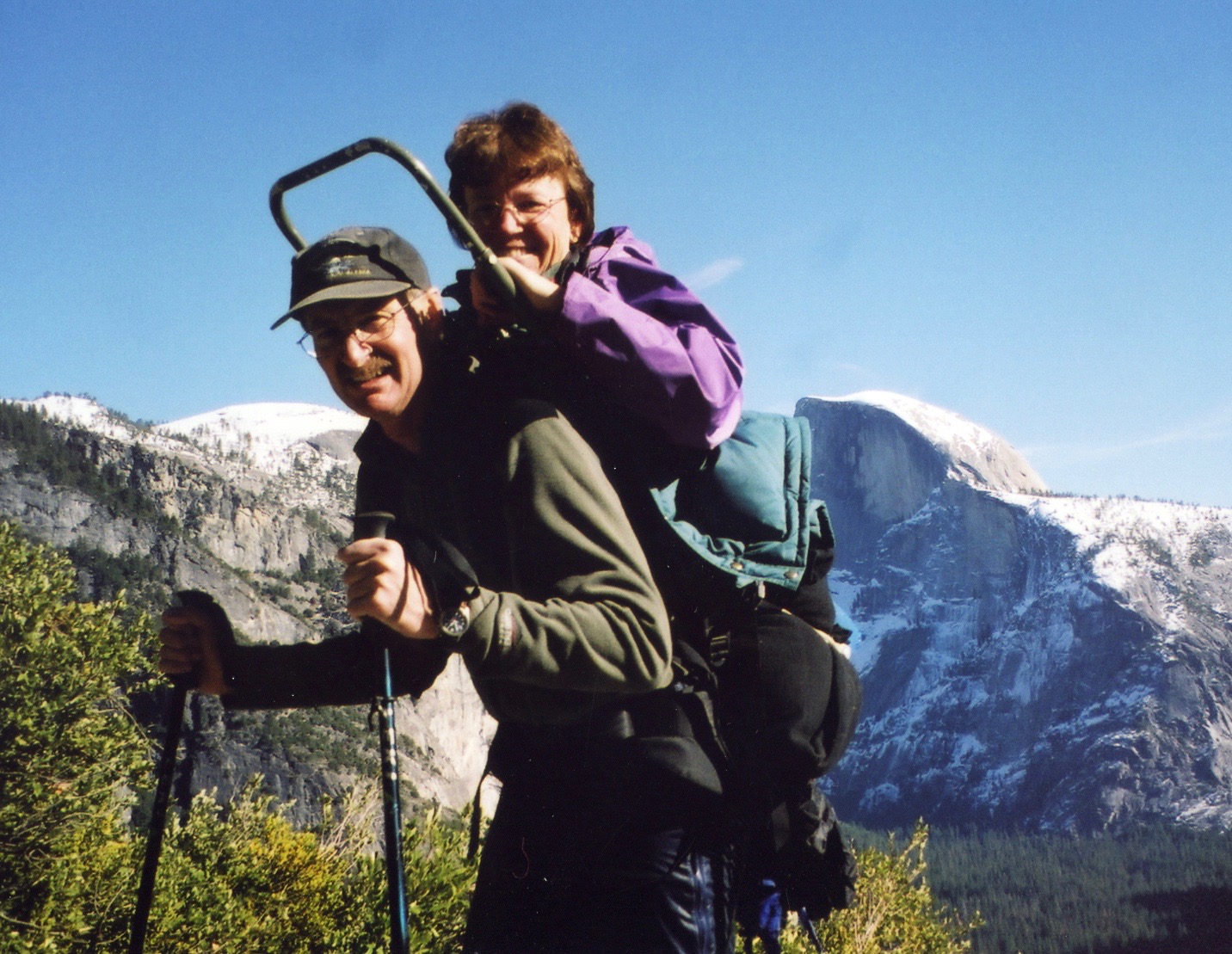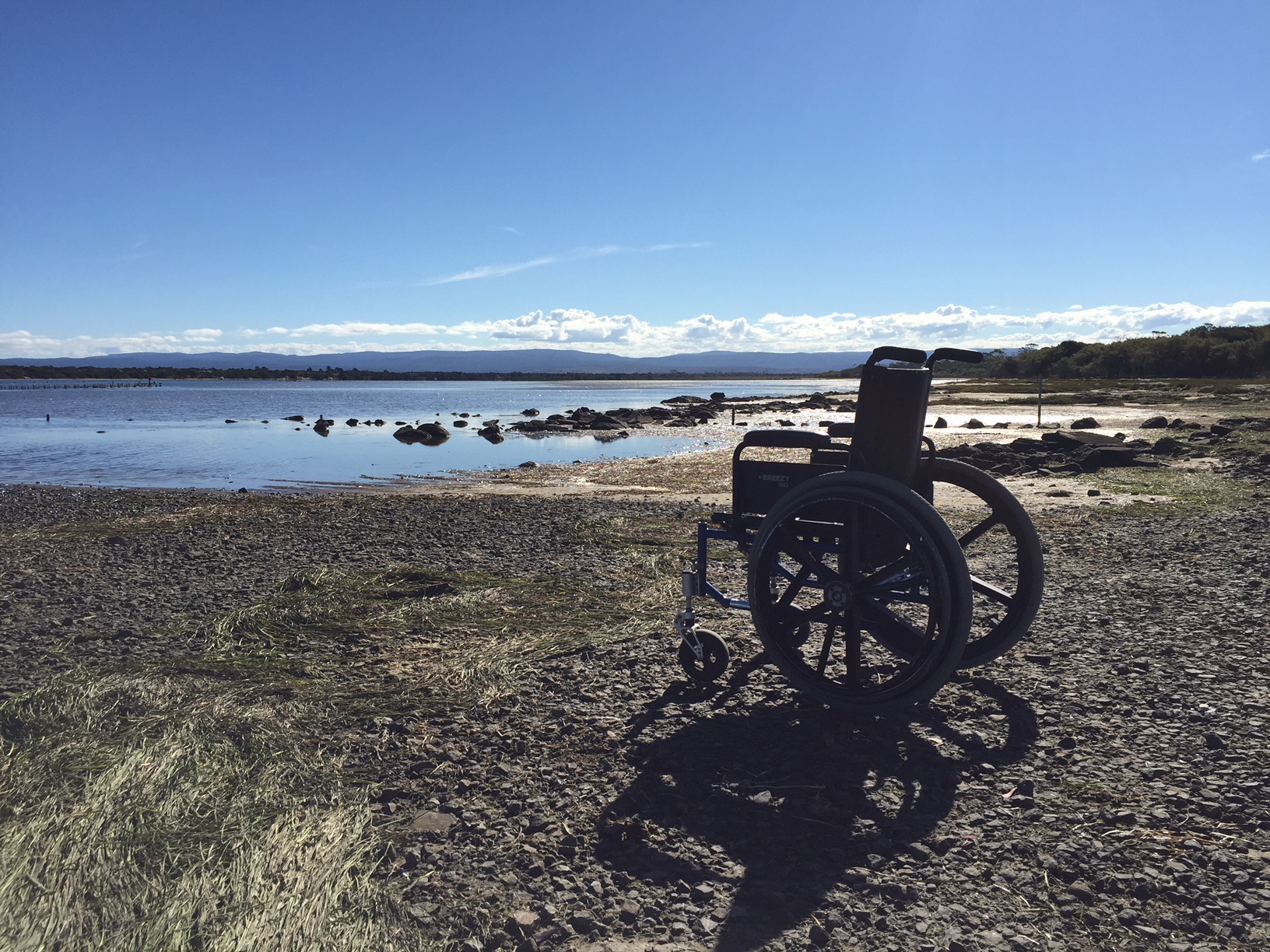Press Kit:

Awards:
- Marie Curie Award of the American Association of Women Radiologists 1991.
- Fellow of the American College of Radiology, Orlando, Florida, 1993.
- Honored Alumna Loma Linda University School of Medicine 1994.
- UCSD Academic Senate Distinguished Teaching Award 1996.
- Soroptimist International of La Jolla “Advancing the Status of Women” Award, 1999.
- Soroptimist International of the Americas, Desert Coast Region “Women of Distinction
Award, April 2000. - Teaching Award from UCSD Department of Emergency Medicine, 2005.
- Rell Sunn “Queen of Makaha” Award, Moores UCSD Cancer Center, 2007.
- San Diego County’s 2011 Physicians of Exceptional Excellence “Top Doctors” Award.
- Loma Linda University School of Medicine “Women in Courage” Award 2012.
- UCSD Department of Radiology Lifetime Achievement Award 2012.
In The News:
- Linda interviewed on Bella TV (watch on Facebook or YouTube)
- A Q&A with Linda and Sara Farmer of DIY MFA
- The La Jolla Light writes a piece about Gone and helps tell her story
- Rave review of Gone from Affinity Magazine
- The Boston Globe article: “Linda K. Olson on moving forward after great loss”
- Beyond the Bookends just released their latest roundup Fall 2020 Book Releases, which includes Gone
- Another powerful Q&A with Linda and the Spiritual Media Blog
- Exciting new review from Readers Lane
- Linda celebrated on Cristen Iris’ Blog, for National Disability Employment Awareness Month
- Brit+Co included Gone in their roundup of “12 Must-Read Memoirs for Fall“
- Ready to Get Real? These are 24 of the Best Memoirs to Read this Year, featuring Gone, on Parade.com
- Living Well with Parkinson’s:Linda Olson’s Story, featured on Parkingsuns.com blog.
- Obstacle Course. San Diego Union-Tribune, Tuesday, July 26, 2005.
- UCSD radiologist honored for skill, compassion and strength. San Diego Independent, November 28, Page 9.
- Lessons in Courage: Loss of legs, arm take little away from cheerful radiologist. San Diego Union-Tribune, Tuesday, April 26, 1994, Currents Section E page 1.
- The Afterlife of Friends by Juli Miller, Spectrum, Vol 27, Issue 4, Autumn 1999.
Published Articles
- Linda writes a powerful piece for Covey Club: My Daughter, My Enabler
- What They Don’t Tell You About Getting Legs. The Human Condition-UCSD
School of Medicine, 18:17-19, 2013. - With A Little Help From My Friends. Spectrum 41(3):28-34, 2013.
- Get Out and Keep Going WPC Blog, Living with Parkinson’s, World Parkinson Coalition, June 12, 2017.
Podcasts
- Podcast: Featured as the weekly quest on This Mountain Life, Linda talks with Lynn Ware Peek on KPCW (NPR)
- Women on Fire Podcast: When the Unimaginable Happens: Choosing to Be Happy featuring Dr. Linda Olson
- Linda is interviewed on the Chelsea Leigh Trescott Apple Podcasts
- Podcast: Linda was featured on The Premise podcast, discussing her new memoir, Gone
- Linda is interviewed on The Kathryn Zox Show Podcast
Appearances
- Keynote Address, UCSD Department of Surgery Trauma Course, Trauma Radiology Workshop, January 1985.
- 5th Annual Modern Concepts in Trauma Care, Irvine, California. Trauma, A View from Both Sides, May 1986.
- Children’s Hospital Trauma Symposium, San Diego, August 1986.
- Trauma Conference, St. Joseph Medical Center, Burbank, California. Keynote Address “Trauma – A View from Both Sides,” November 1986.
- Panelist, Special Presentation—Living Well with Parkinson’s and Co-Chair “Challenges of living with Parkinson’s Part II: Vision, pain, and gastrointestinal.” 4th World Parkinson’s Congress, Sept 22, 2016, Portland, Oregon.
- Keynote Speaker for e3 Conference, Parkinson Association of the Rockies, Sept 16, 2017, Aurora, CO
- Keynote Speaker, 12th Annual Frances E. Lang Living Well with Parkinson’s
Symposium, October10, 2017, Louisville, KY. - Davis Rotary Club, “Accept, Adapt, Innovate…Get Out and Go”, December 14, 2019
- Abilities Awareness Speaker at Solana Pacific Elementary School,”Once Upon a Time”, May 1, 2019.
- Del Mar Rotary Club, “Get Out and Go!”, May 16, 2019.
- Keynote Address Opening Ceremony, 5th World Parkinson Conference, Kyoto, Japan, “We Can Do This…Let’s Get Out and Go!”, June 4, 2019.




Linda Answers Your Questions
After the accident, were you able to work?
Yes, I was very fortunate to work for thirty years as a radiologist at the University of California, San Diego. In addition to interpreting imaging studies, I was privileged to teach residents and medical students.
What do you feel helped you to be successful?
There are many reasons. First, I had a good education and that enabled me to structure a job that I could do while seated and with only one hand. Second, I was fortunate to work at the University of California, San Diego, in an environment that encouraged and supported a diverse group of faculty, staff and students.
But most important, was the overwhelming love and support of my husband, Dave Hodgens. He has done double duty in all parts of our life from housework, raising two kids, and supporting us while working full-time as a highly respected Radiation Oncologist here in San Diego.
What was it like for your children growing up with a disabled mom?
That’s a question they should answer for you. Obviously they just saw me as “mom” when they were little. As they got older they became very protective of me. They didn’t like it when people stared at me. They instinctively helped me do things like going up and down curbs or stairs, walking with me on difficult terrain and pushing my wheelchair when I needed help. Even sometimes when I wasn’t aware I needed help.
Do you feel that you have any limitations?
Of course. But I’m able to arrange things in my house and at work so I can do them in a different way or have someone help me. I have lots of “teams”—people, friends and family that I rely on to help when I need it. Along the way, they’ve helped me learn to be graciously dependent.
How long did it take you to learn to walk again after the accident?
I got my first set of artificial legs 6 weeks after the accident and worked very hard in physical therapy for about six hours a day doing strengthening exercises and learning to walk with the prostheses. I was able to walk a mile 5 1/2 months after the accident.
What compelled you to write a book about your life?
I resisted this for a long time because we like our privacy and because it seems like we live a pretty normal life. Whenever anyone hears our story and after people meet us, they almost universally say “You’ve got to write a book someday.” I think people like hearing or reading about people who’ve succeeded in spite of the odds being against them. It makes them feel that if someone who is worse off than them can do this, then they can do it too. Dave’s promise to me right after the accident was “If you can do it, I can do it.” Over the years, I think people look at us and say. “If they can do it, we can do it.”
How is your story different than other amputees?
Well, first of all, there aren’t very many triple amputees. But mainly, I think it’s different because it’s a story that starts as a horrific accident but turns into a love story that shows over thirty plus years how we lived a normal life with children and successful careers.
What do you feel are some of the biggest obstacles disabled people face?
Obviously everyone’s disability is different, but I think that mobility is probably at or near the top of everyone’s list. It ranges from walking with a cane to needing a wheelchair. And maybe more importantly, transportation for getting around town. Public transportation is very poor where we live so we rely on cars. It’s very expensive to modify a car for disabled people but it’s the key to getting them back to work and regaining independence.
Being a triple-amputee, are you able to drive a car?
Yes. My van has been adapted with a computer that enables me to drive with my prostheses on. A device cradles my right knee so that I accelerate or brake by moving my knee back and forth. There is a knob on the steering wheel so turning with one hand is easy. My wheelchair is in the back of the van on a motorized lift so it’s easy for me to get it in and out.
For book publicity inquiries, please contact Keely Platte at BookSparks: keely{at}sparkpointstudio.com or by phone at (510) 910-1667


